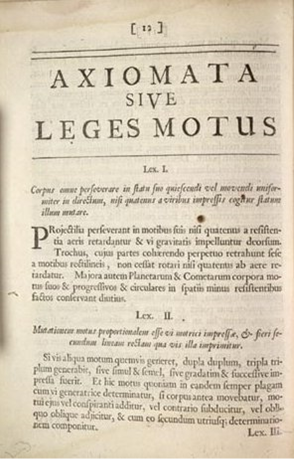
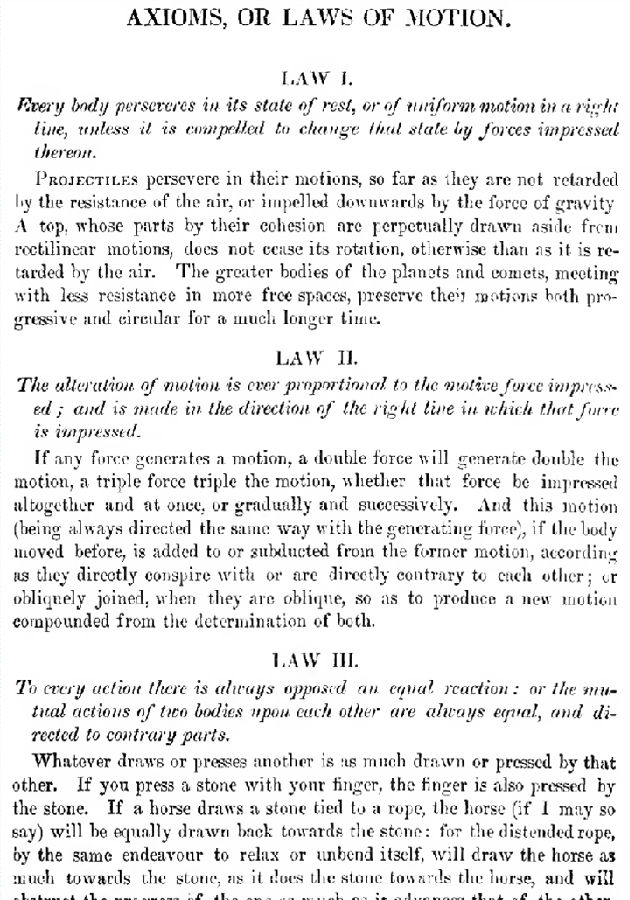
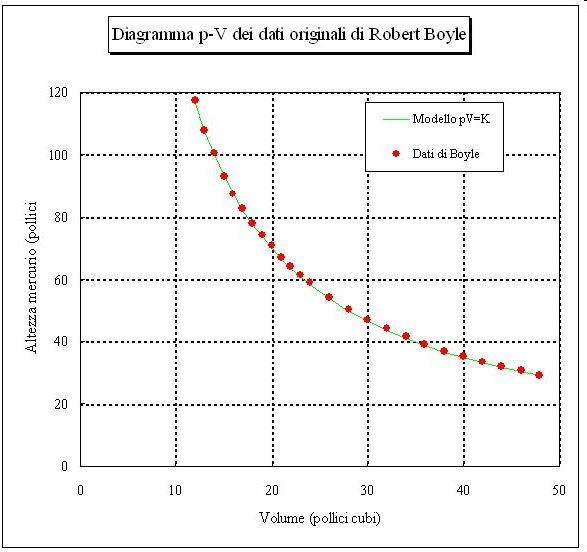
波义耳定律实验规律
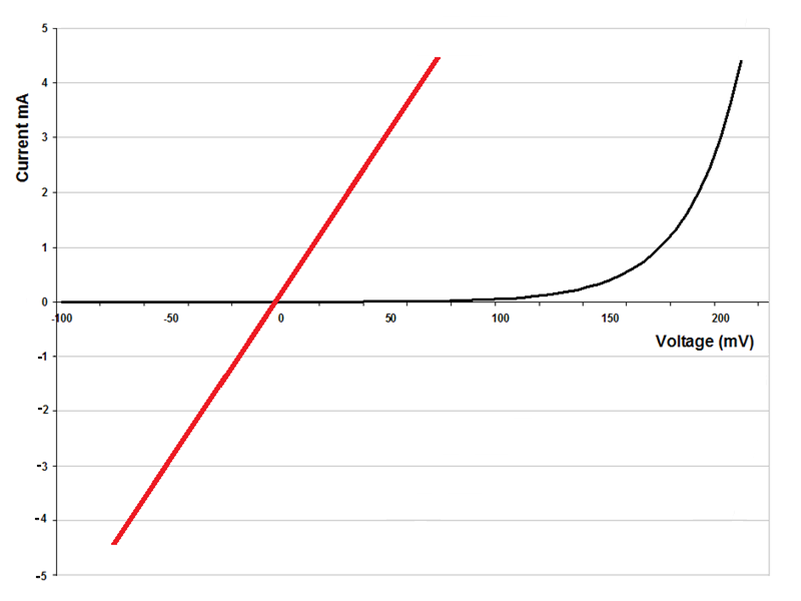
欧姆定律实验规律:理想电阻器和PN接面二极管的V-I线分别以红色(欧姆定律)和黑色显示。
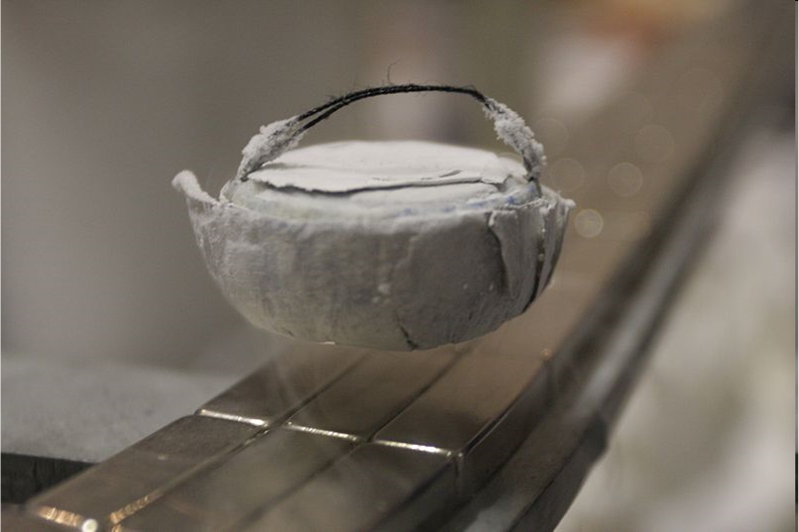
A high-temperature superconductor levitating above a magnet.超导导线违反欧姆定律与焦耳定律。
In the Axioms Scholium of his Principia Newton said its axiomatic three laws of motion were already accepted by mathematicians such as Huygens,Wallace, Wren and others, and also in memos in his draft preparations of the second edition of the Principia he attributed its first law of motion and its law of gravity to a range of historical figures. According to Newton himself and other historians of science,his Principia's first law of motion was the same as Aristotle's counterfactual principle of interminable locomotion in a void stated in Physics and was also endorsed by ancient Greek atomists and others. As Newton expressed himself:All those ancients knew the first law [of motion] who attributed to atoms in an infinite vacuum a motion which was rectilinear, extremely swift and perpetual because of the lack of resistance...Aristotle was of the same mind, since he expresses his opinion thus……, speaking of motion in the void [in which bodies have no gravity and] where there is no impediment he writes:"Why a body once moved should come to rest anywhere no one can say.For why should it rest here rather than there ? Hence either it will not be moved,or it must be moved indefinitely, unless something stronger impedes it."As Newton attests, the Principia's first law of motion was known in antiquity, even by Aristotle, although its significance, as such, went unappreciated.甚至我国先贤墨子的著作中的相关论述,如 “力,刑(形)之所以奋也” 亦可作为牛顿定律的远古先声。
因此,学习牛顿力学的第一要旨就是要明白牛顿的建立科学体系的巨著《原理》采用的是爱因斯坦所说的 “古希腊哲学家们发明的记录在欧几里德几何学中的形式逻辑体系”,《科学启蒙》课程的主要目的就是在我国理科教育中解释这一科学真谛,这一点就是国外的大部分学校理科教学中也会弄混淆的,因为由于牛顿在科学史上的地位,不但牛顿本人以真理代言人自居,“发现了自然定律——真理”,英国的科学史的开山祖师爷厄休尔也把牛顿归于“归纳科学”的老祖宗的地位,这完全是误导。道理很简单,如果牛顿能代表真理,那怎么会出现超越牛顿的爱因斯坦?牛顿的定律只是演绎推理形式逻辑体系的初始前提,以能够证明开普勒定律为证据。
Einstein’s critical review of Newtonian mechanics:爱因斯坦在《物理学与实在》一文中,首先对科学方法进行了概述,对牛顿的绝对时间、空间观念进行了明确表述,而后指出了包含在牛顿力学中的四个基本axioms:
a 质点的假说:有形物体的位置和运动可由笛卡尔坐标描述;
b 惯性定律:单个质点加速度为零;
c 质点运动定律;
d 质点间的作用力与反作用力定律。


